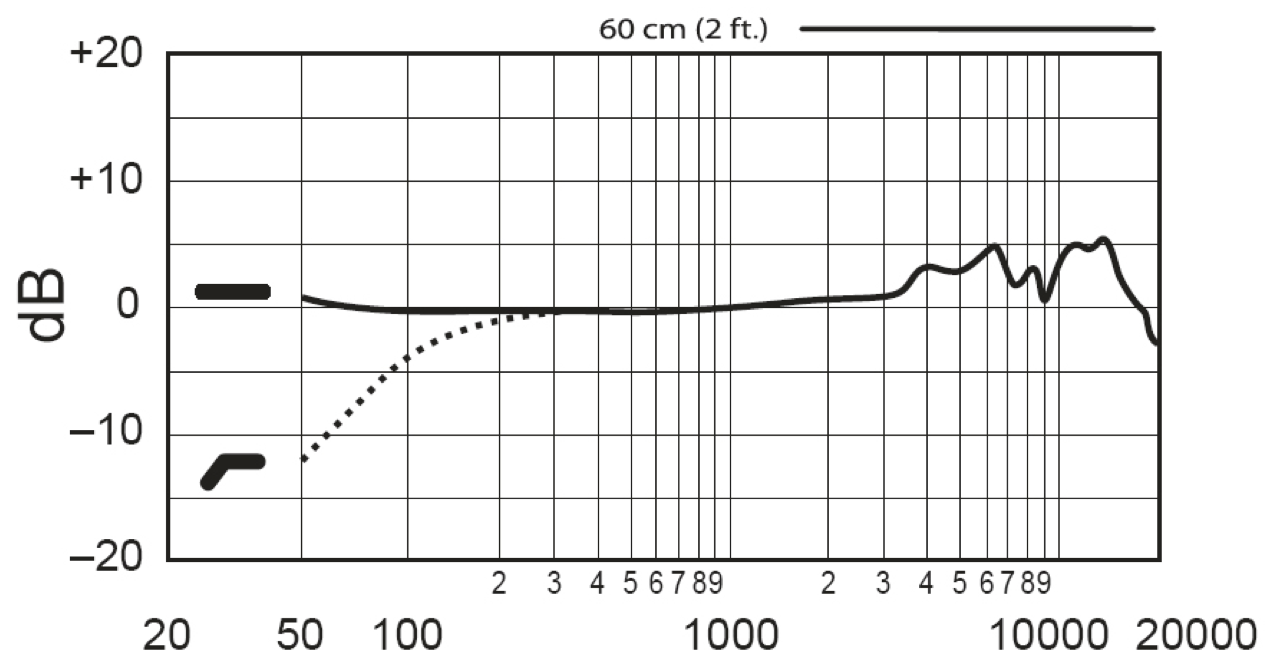 Shure PG42-USB
Shure PG42-USB
Cardioid Condenser Microphone
The PG42 USB is a large-diaphragm FET condenser microphone intended for vocal applications. It is essentially Shure’s PG42 microphone with an onboard analog-digital converter (ADC), and a USB Audio output in place of an XLR connector.
The ADC provides 16-bit, and up to 48-kHz digital audio conversion. A rotary control labelled “MIC GAIN” controls the audio signal level before digital conversion; levels can be monitored via a 3-color LED next to the gain control.
A mini audio jack on the rear of the microphone enables zero-latency monitoring of the input signal. A rotary control for the built-in headphone amplifier is provided, as is a “monitor” control to adjust the mix of live audio with the prerecorded track playing back from the host computer.
Two switches on the rear of the microphone enable a -15dB pad and a high-pass filter (-12dB/octave @ 120Hz).
All the PG27 and PG42 microphones utilize a one-piece, diecast internal frame, zinc diecast bodies, and hardened grilles that are riveted in place. The PCBs use surface-mount components, which help ensure high consistency from unit to unit.
All four mics (including USB versions of each) use a 34.9mm capsule, with a 6-micron, 27mm diameter diaphragm.
The PG42 USB includes the A27SM elastic shockmount and an aluminum flight case, plus a 9.8ft (3m) USB cable. The A32WS foam windscreen is available separately.
The PG-series microphones are manufactured in China to Shure’s strict design specifications.
Permalink: Shure PG42-USB
The mic was released in 2009.
Specifications
| Pickup Patterns | Pads & Filters |
|---|---|
|
Cardioid
(n/a mV/Pa; 20 - 20,000 Hz) |
|
| Capsule Dimensions | Impedance | SPL/Noise |
|---|---|---|
| Diaphragm diameter: 27mm Capsule diameter: 34.9mm Diaphragm gauge: 6 microns |
n/a | Max SPL: 135 dB |
| Weight | Length | Max Diameter | Interface(s) |
|---|---|---|---|
| 453g (15.98oz) | n/a | n/a |
|
| Power Specifications |
|---|
Did we get anything wrong on this page? Please let us know!


